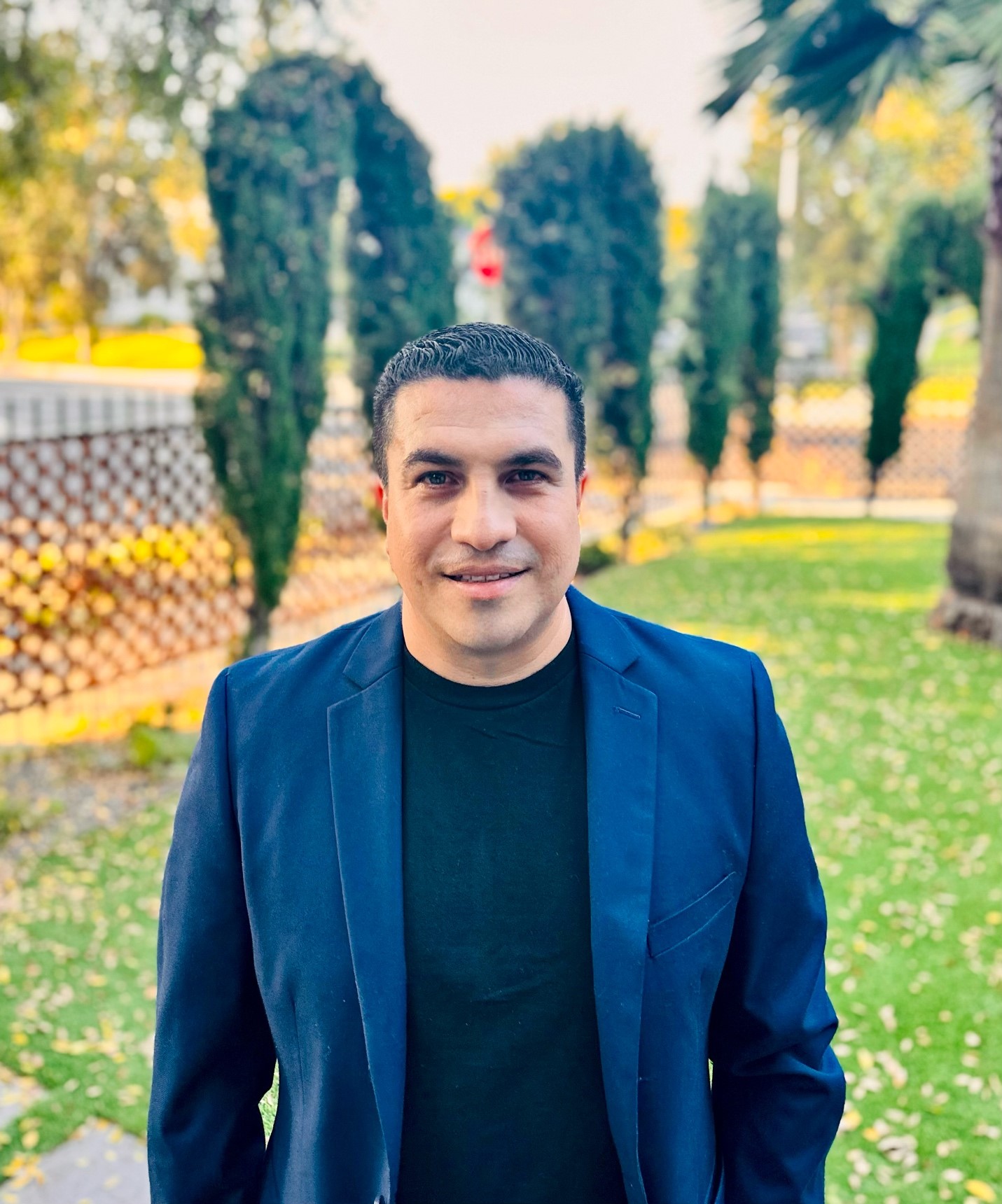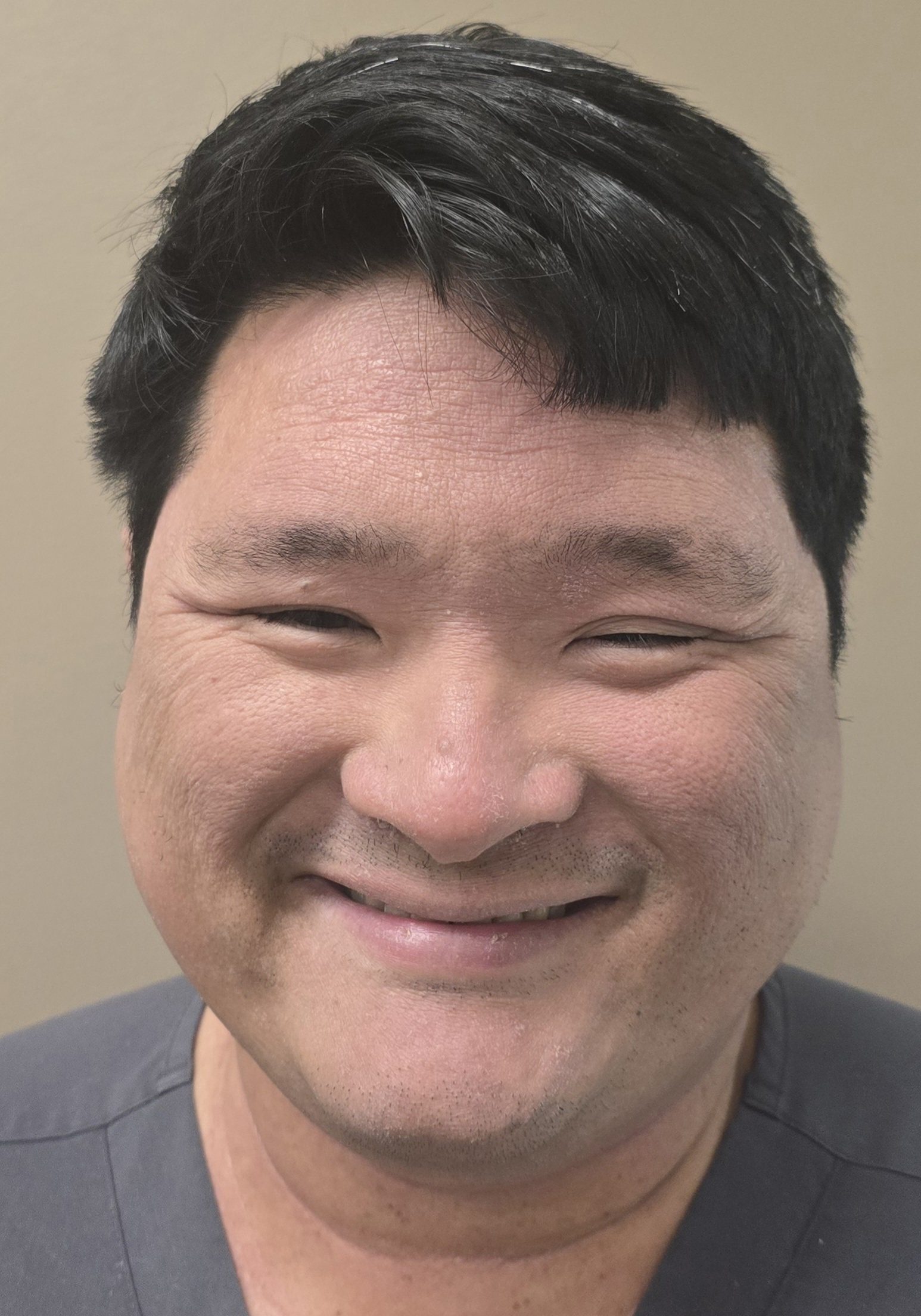Grief-Enhanced Trauma-Informed Interventions (GTI)
Grief-Enhanced Trauma-Informed Interventions (GTI)
Grief-Enhanced Trauma-Informed Interventions (GTI)
Grief-Enhanced Trauma-Informed Interventions (GTI)
Safe Alternatives For Teens and Youths-Acute (SAFETY-A)
Safe Alternatives for Teens and Youths-Acute (SAFETY-A) is a family-centered emergency intervention for suicide and self harm. It was developed by researchers at the UCLA ASAP Center to support teens and young adults who have attempted suicide, engaged in self-harm, or expressed significant suicidal urges. This approach emphasizes reducing risk and ensuring continuity of care by working collaboratively with families and youth to create a safety plan. The plan includes measures such as restricting access to lethal means and enhancing protective factors like social connectedness.
SAFETY-A, formerly known as Family Intervention for Suicide Prevention (FISP), is a trauma-informed, cognitive behavioral family intervention, for youth ages 13-24, who report suicidal ideation or a recent suicide attempt. SAFETY-A uses the encounter with the clinician to decrease the short-term risk of repeated suicidal ideation and behavior by building the coping skills of youth and their families, enhancing motivation for follow-up mental health treatment, and improving linkage to outpatient follow-up treatment services.
It has been adapted for Emergency Room Intervention for suicidal adolescents, rooted in cognitive-behavioral and family systems theory. SAFETY-A emphasizes reframing the suicide ideation/attempt as a problem requiring action; providing psychoeducation to families about the importance of outpatient mental health treatment and restriction of means of attempt in the home; increasing family support; identifying triggers for suicidality and developing a safety plan to enhance safe and adaptive coping. It mobilizes family support, enhances problem-solving, and motivates patients and families to initiate and adhere to follow-up care.
Additionally, SAFETY-A has been tested in Emergency Department settings and adapted for use in the homes of youth/families in other settings (e.g., inpatient, residential, outpatient, school, other community programs). It has even been adapted to be used as a home-based intervention for suicidal youth in rural areas such as the White Mountain Apache community.
SAFETY-A has two main goals:
(A) To provide an intervention that may directly decrease the short-term risk of repeated suicidal behavior by building the coping skills of youth and families, and enhancing motivation for follow-up treatment.
(B) To educate youth and family members about the importance of follow-up treatment and to support the youth and their families in linking to follow-up treatment after the ER visit. Improving linkage and adherence to follow-up care is a critical goal in ER or crisis treatment.









